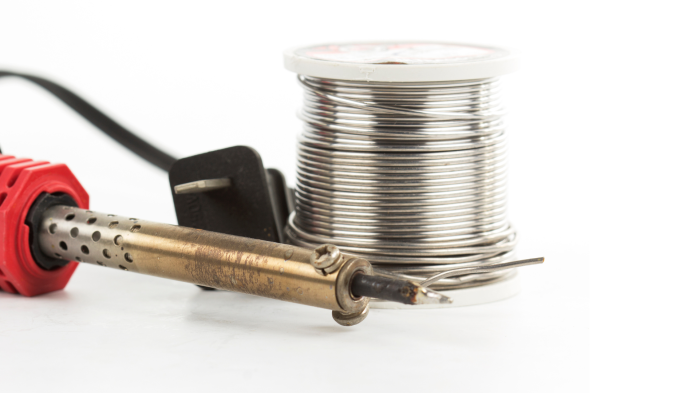Introduction to Arc Welding
Discover the essential techniques of arc welding in our comprehensive guide. Learn to distinguish between arc, MIG, and TIG welding methods and choose the best one for your projects. Ideal for beginners and professionals looking to deepen their welding skills.

Introduction to Arc Welding
Arc welding is a fundamental skill in the field of metal fabrication and repair. Whether you're a beginner or an experienced welder, this guide provides a comprehensive view of arc welding, while drawing comparisons with other popular methods like MIG and TIG welding.
What is Arc Welding?
Arc welding uses an electric arc to heat and fuse metals. This method is distinct from MIG and TIG welding, which use a continuous wire and a non-consumable electrode, respectively. To learn more about the details of arc welding, consult this article.
Overview of Differences:
Arc Welding (MMA or SMAW):
Also known as Manual Metal Arc (MMA) or Shielded Metal Arc Welding (SMAW). Uses a coated electrode that acts as both a heat source (via the electric arc) and material filler. The electrode melts and deposits metal in the welding area, forming the joint. Suitable for a wide range of metals and thicknesses. Simpler and less expensive in equipment, suitable for outdoor environments and confined spaces.
MIG Welding:
Uses a continuous feed wire through a welding gun. The arc is shielded by an inert gas (like argon) to prevent oxidation. Fast and efficient, particularly suited for long straight welds on medium to thick materials. Requires more complex equipment and a more controlled working area.
TIG Welding:
Uses a non-consumable tungsten electrode to create the arc. Metal filler is added separately, offering increased control. Produces high-quality, precise welds, ideal for thin metals or work requiring an aesthetic finish. Requires skilled labor and a clean work environment.
Fundamentals of Arc Welding
To start, it's essential to know the types of electrodes and the settings of the welding machine. Each electrode and setting is specific to a type of metal or a given thickness. This differs from MIG welding, where a fusible wire is used, or TIG, which requires a finer welding technique.
Techniques and Practices
Arc welding techniques can vary depending on the type of joint and welding position. These techniques differ from those used in MIG or TIG welding, often considered more delicate or precise.
Safety and Protective Equipment
Safety is paramount in arc welding, just as in MIG and TIG welding. Protective equipment is essential to guard against risks associated with sparks, intense heat, and radiation.
Choosing Equipment
Choosing the right equipment is crucial. Arc welders vary in power and features, just like MIG or TIG welders. Selecting a welder that meets your specific needs is a key step in successful welding projects.
Conclusion
Mastering arc welding requires practice and patience. By understanding the basics, applying the right techniques, and choosing the right equipment, you can efficiently carry out your welding projects. For more tips and tricks, don’t hesitate to visit our blog on MIG and TIG welding.
Ces articles pourraient aussi vous intéresser
10 Tips for Mastering Stainless Steel Welding Like a Pro
This article reveals 10 essential tips for mastering stainless steel welding, covering everything from selecting the right equipment to finishing techniques. Aimed at enhancing the skills of welders at all levels, this practical guide will help you achieve professional results in your stainless steel welding projects.



